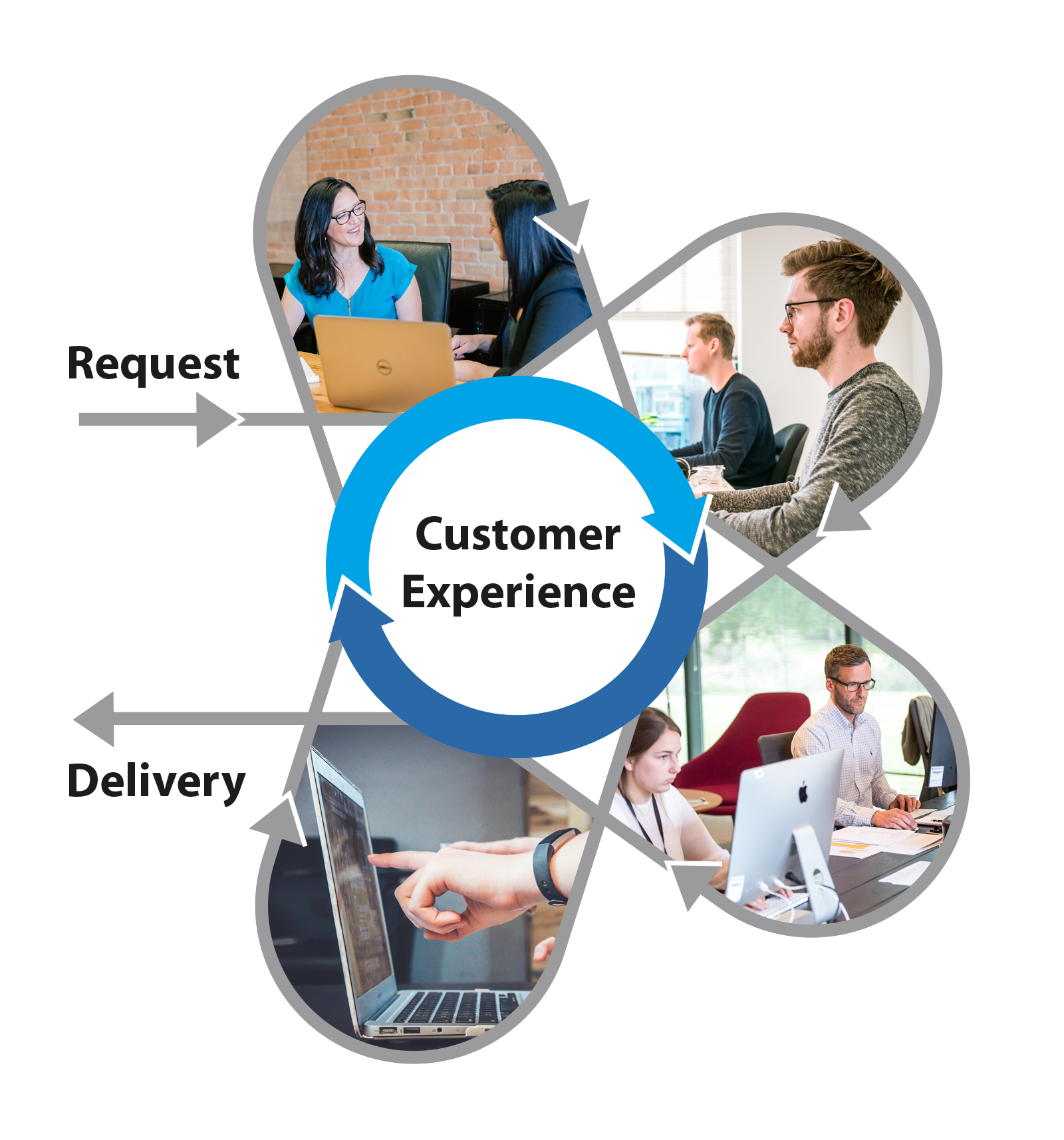Providing better customer experience is a winning strategy in recession
With the outbreak of the COVID-19, digital communication has become a necessity for millions of people around the world. According to research and advisory firms, as markets normalize, customers will be accustomed to using digital channels, but they will also value in-person interactions and great physical spaces, basically wanting everything. Companies need to anticipate the general shift in the customers’ behavior patterns and setup a technology foundation to deliver to the new customers’ needs.
So, how can you ensure that your customers get what they need when the time is right?
Omni-Channel communication is clearly one way to go. By consolidating all communication and channels in a unified way across the physical and digital business, you can release new channels at any time and empower the customers to reach out, switch channels and connect with your teams and processes on whatever channel they like – chat, chatbot, web, email, mobile, Facebook, WhatsApp, phone, fax and print, etc. – with guaranteed consistency of conversation.
This Omni-Channel experience is absolutely necessary, but it’s not enough. Interactions with customers – providing an offer, closing a contract, getting and keeping users up and running and serving their needs – typically involve multiple teams. And if your organization is like most others today, it is probably broken into silos.

So, while you are trying to quickly move forward and improve efficiency and customer experience, the complexity of your internal organization makes it really difficult. The work crosses multiple applications, channels and teams working with different systems in separate functional areas, product lines or regions, slowing down your response times and leaving customers’ expectations unmet.
If you want to stand out with the best-in-class service and customer experience, you need to remove the friction from your customer engagement processes, and:
- Get your teams to seamlessly work together
- Automate everything that can be automated
- Ensure that your teams work adaptively where automation is not an option
The best practice to use is the Value Streams approach that shields customers from your organizational complexities and helps enterprise teams increase efficiency many times over.
Value streams will help you automate customer engagement processes and connect with customers across touchpoints and channels, directly linking to different enterprise teams, processes and people, while providing insights and guidance, and aligning teams around the common goal.
So, where do you start? See here how to deliver a one-stop service – from request to closure.
Senior Manager Brand Marketing
Vienna, Austria






